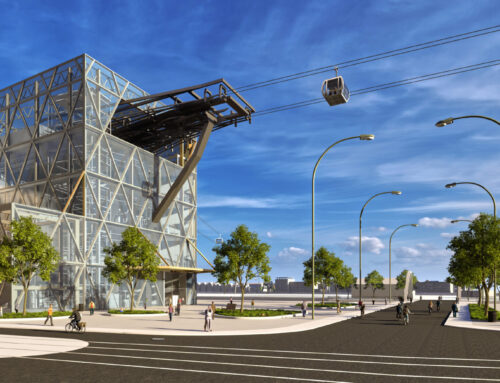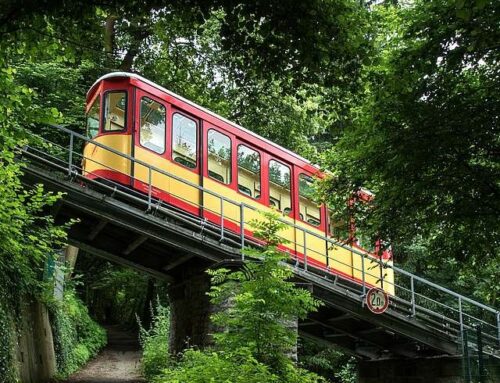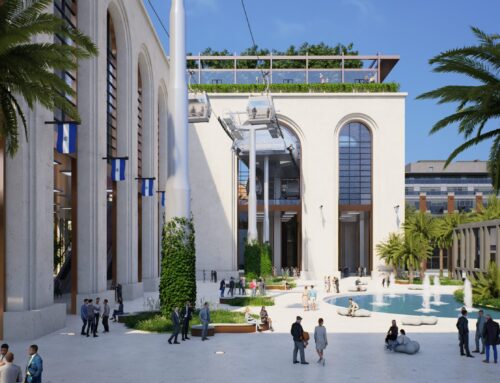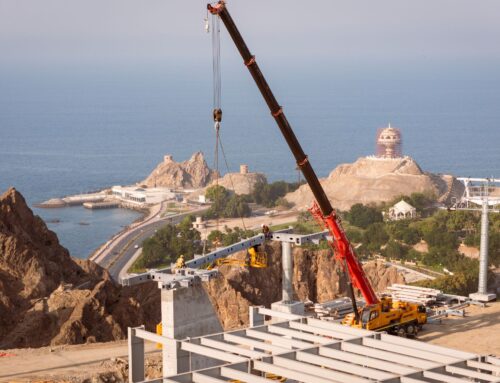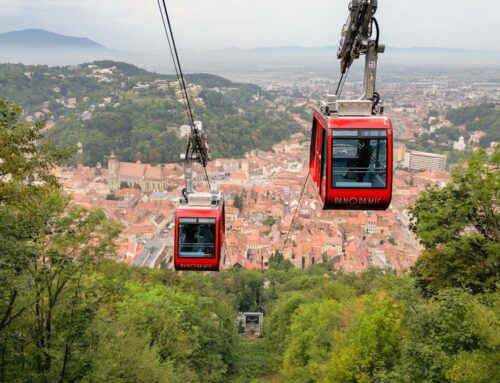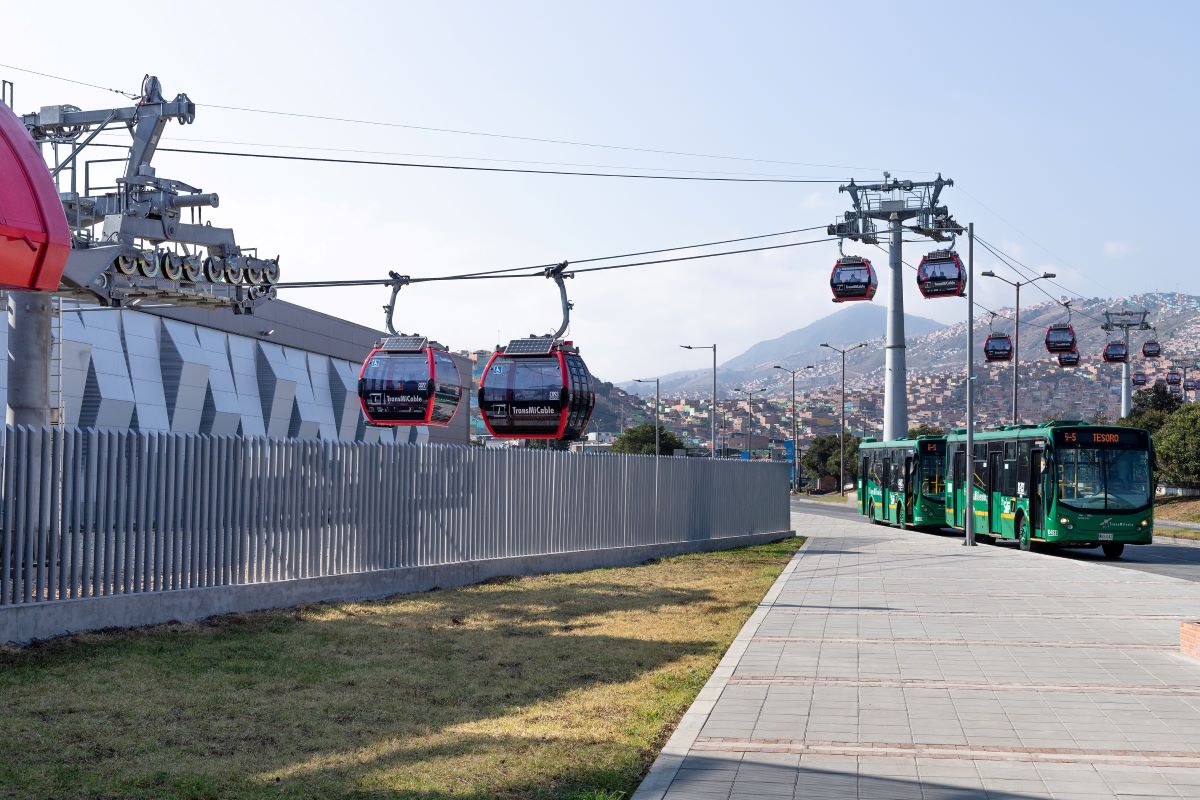
Cities, SI Urban 1/2025, SI Urban 1/2025
Bogotá: The cable car that changes lives
In Bogotá, approximately 12.1 million trips are made daily. Before the introduction of the cable car, residents of the steep hillside neighborhood Ciudad Bolívar – like most people in Bogotá – were dependent on buses and informal transportation. Since there was only one road to the city’s rapid bus system, traffic jams were constant, often extending the journey down the hill to up to an hour.
The cable car offers a quick, reliable, and environmentally friendly solution: it reduced the travel time to just 16 minutes, without causing additional emissions or burdening the road network.
Transformation project
The TransMiCable cable car, which became operational on December 27, 2018, connects the steep and low-income outer district of Ciudad Bolívar with Bogotá‘s rapid bus system.
This project was part of an urban transformation initiative that, in addition to the cable car, also included the construction of playgrounds, a library, a tourist office, a city history museum, a citizens‘ office, three local markets, three community centers, and the renovation of public parks.
In its first operational year, approximately 7.5 million people used TransMiCable. In 2024, the system transported an average of 25,000 people daily.
Technical data
Cable car TransMiCable
| Length: | 3,43 km |
| Stations: | 4 |
| Height difference: | 265 m |
| Travel speed: | 5,5 m/s |
| Travel time: | 16 min |
| Number of cabins: | 163 |
| Cabin capacity: | 10 p |
| Capacity: | 3.600 p/h |
Study: impact on life
Researchers from the Universidad de los Andes in Bogotá conducted a study around TransMiCable. They examined the impact of the cable car on various aspects of quality of life, including air pollution, travel time, accessibility, leisure, and physical activity.
The study was conducted in two phases: from February 1 to December 18, 2018 (before the introduction) and from July 2, 2019, to March 15, 2020 (after the introduction). The focus was on the Ciudad Bolívar neighborhood, to which the cable car leads.
Leisure instead of traffic jams
The greatest wish of the residents was time savings – and according to the study, this expectation was met. Travel time was reduced by an average of 20 minutes (about 16%), resulting in more leisure time. Many residents now spend their free time at home. However, regular users of the cable car reported that they use the gained time for additional trips or for more work and study hours.
Researchers analyzed the impact of the cable car on quality of life:
It was found that the air quality in the cabins was better than on the street.
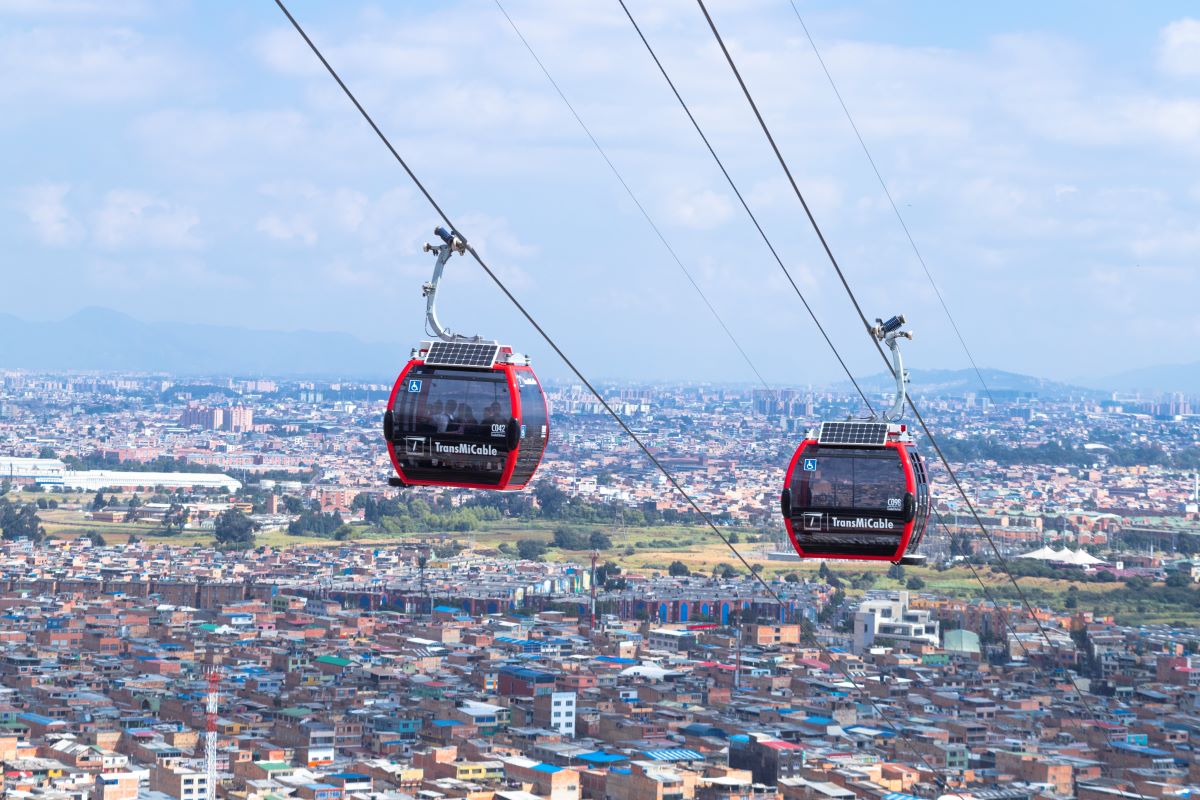
Physical activity
The researchers found that the level of activity among the residents remained high even after the introduction of the cable car. More than half of the adults (51.6%) met the World Health Organization‘s recommendations for physical activity just by walking to the transportation stations.
However, in low-income areas like the ones studied, factors such as poverty, informal work, crime, and the high costs of car ownership are key reasons that movement is often a necessity rather than a choice.
The study also showed increased activity in a renovated park, but mostly among young people and men. This could be due to the park’s infrastructure, such as football fields, which may be less attractive to girls and women.
Social capital as an outcome
Another effect is that Ciudad Bolívar is no longer perceived as isolated or stigmatized. Residents reported that the TransMiCable project enhanced the pride in their district, attracted more visitors, and improved the neighborhood’s image. This led to the development of new community networks.
Many residents also felt that the safety in the cable car cabins was high. However, challenges remain outside the cable car stations, where safety still needs to be improved.
The residents' greatest wish was time savings:
Due to the cable car, the average travel time decreased by 20 minutes (approximately 16%).
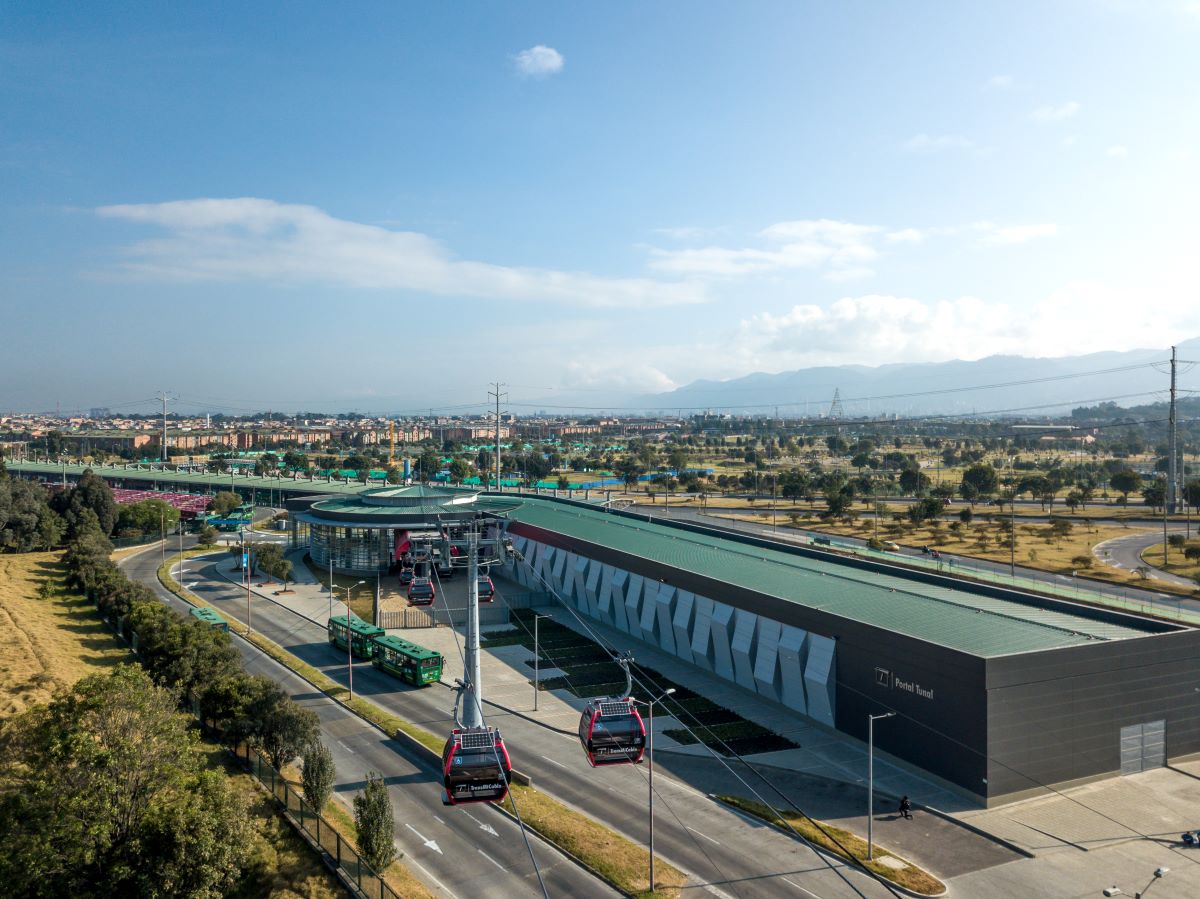
Environmental effect
The study examined personal exposure to fine dust (PM2.5), equivalent black carbon (eBC), and carbon monoxide (CO) in various modes of transport and calculated the amount of pollutants inhaled per trip.
The results showed that pollution in TransMiCable was significantly lower than in buses, which at the time of the study were diesel-powered. PM2.5 and eBC concentrations in the cable car cabins were on average 62% and 82% lower, respectively, than in buses. This reduction was due to both the cleaner environment in the cabins and the shorter travel time.
Notably, the air quality in the cable car cabins was even better than that of pedestrians – an unusual finding, as higher concentrations are typically measured in vehicles.
Community transformation
In summary, TransMiCable has significantly improved the lives of residents in a formerly isolated area. Satisfaction with the transportation system and the neighborhood increased, and residents expressed a stronger willingness to stay.
Encouraged by this success, Bogotá plans to expand the project with seven more cable car lines.


